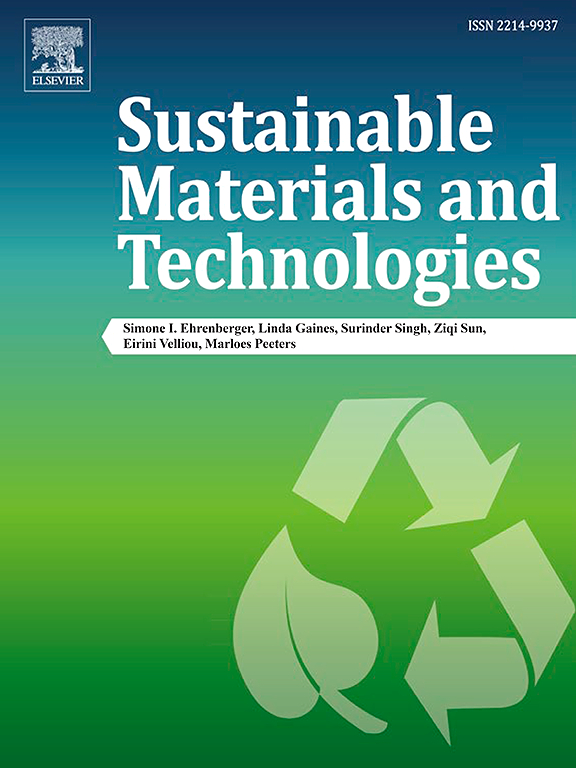Approach on the vibration damping and energy absorption through electrorheological/magnetorheological effects
IF 8.6
2区 工程技术
Q1 ENERGY & FUELS
引用次数: 0
Abstract
Large-scale industrial equipment, aerospace vehicles, and military hardware are inevitably endured random vibrations or strong impact. Recently, intelligent soft matter has shown great potential in the field of shock and vibration protection owing to their tunable mechanical properties. Nevertheless, the softness of intelligent soft matter limits their application under high impact loads. Mechanical metamaterial is an innovative approach to develop high-overload impact buffering protective materials in extreme conditions. To monitor the vibrational information in real time is essential for adaptive suppression and control of vibration. Recently, self-powered triboelectric sensor provides a resilient solution to avoid damage of external batteries power under strong impact conditions, making them suit able for detecting intense shocks and vibrations. This review begins with the vibration suppression principles of intelligent soft matter, focusing particularly on electro/magnetorheological (ER/MR) material and shear thickening gel (STG). It summarizes the latest research on typical intelligent soft matter in shock and vibration reduction. Subsequently, the discussion highlights recent advances in mechanical metamaterial structures, exploring how structural design affects protective performance. The paper then outlines the application of TENGs as sensors in intelligent protective measures. Finally, the challenges and limitations faced by current intelligent protection has addressed and an efficient solution is proposed using machine learning to derive the nonlinear relationships of protective facilities, aiming to expedite the evolution towards smarter protective technologies, thereby enhancing the effectiveness and reliability of such systems in safeguarding human life and property.
电流变/磁流变效应的减振和吸能研究
大型工业设备、航空航天飞行器和军事硬件不可避免地要承受随机振动或强烈冲击。最近,智能软物质因其可调整的机械特性,在冲击和振动保护领域显示出巨大的潜力。然而,智能软物质的柔软性限制了它们在高冲击负荷下的应用。机械超材料是在极端条件下开发高过载冲击缓冲保护材料的一种创新方法。实时监测振动信息对于自适应振动抑制和控制至关重要。最近,自供电三电传感器提供了一种弹性解决方案,可避免外部电池电源在强烈冲击条件下的损坏,使其适用于检测强烈冲击和振动。本综述从智能软物质的振动抑制原理入手,特别关注电/磁流变(ER/MR)材料和剪切增稠凝胶(STG)。文章总结了典型智能软物质在减震方面的最新研究。随后,论文重点讨论了机械超材料结构的最新进展,探讨了结构设计如何影响防护性能。然后,论文概述了作为传感器的 TENGs 在智能防护措施中的应用。最后,论文探讨了当前智能防护所面临的挑战和局限性,并提出了一种利用机器学习推导防护设施非线性关系的高效解决方案,旨在加快向更智能的防护技术演进,从而提高此类系统在保护人类生命和财产安全方面的有效性和可靠性。
本文章由计算机程序翻译,如有差异,请以英文原文为准。
求助全文
约1分钟内获得全文
求助全文
来源期刊

Sustainable Materials and Technologies
Energy-Renewable Energy, Sustainability and the Environment
CiteScore
13.40
自引率
4.20%
发文量
158
审稿时长
45 days
期刊介绍:
Sustainable Materials and Technologies (SM&T), an international, cross-disciplinary, fully open access journal published by Elsevier, focuses on original full-length research articles and reviews. It covers applied or fundamental science of nano-, micro-, meso-, and macro-scale aspects of materials and technologies for sustainable development. SM&T gives special attention to contributions that bridge the knowledge gap between materials and system designs.
 求助内容:
求助内容: 应助结果提醒方式:
应助结果提醒方式:


